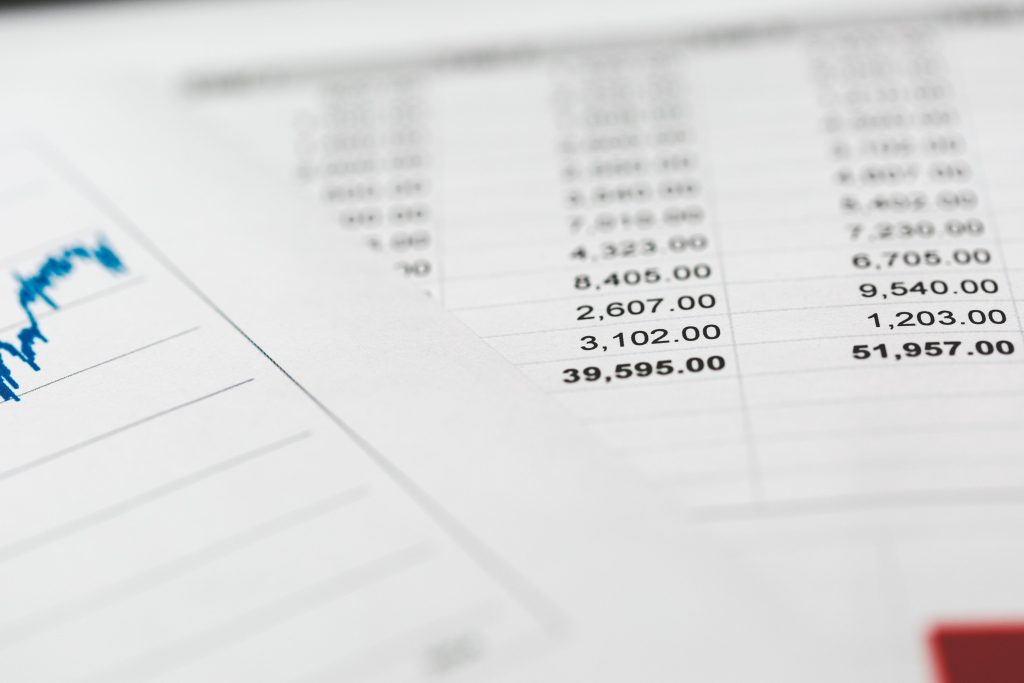What Are Assets And Liabilities?
Any time you decide to get a little familiar with accounting or business, you would realize that there are two categories known as assets and liabilities. But what do they really represent?
Fundamentally, both these concepts are useful to anyone, whether they are an individual planning their own budget or an entrepreneur. Well, let’s simplify the understanding of both what are assets and what are liabilities.
What Are Assets?
Let’s start off with the assets definition. Anything of value that you or your business own is defined as an Asset.
They are appreciable in value over time and can be seen as a net asset, which is a resource capable of producing future economic benefits. If you were to simplify it, assets are things that are valuable enough to make money with or save money.
Types Of Assets
Assets come in various forms, and here are some common categories:
- Current Assets: These include current assets that can easily be turned into cash in a year’s time. It includes items such as cash, stocks, and accounts receivables.
- Fixed Assets: These are fixed assets employed in operations and can hardly be sold for cash within the operational period. Examples include land, buildings, and machinery.
- Intangible Assets: These are assets that, although do not have a physical form, still possess some value. Examples include patents for the invention, trademarks, and goodwill.
What Are Liabilities?
Now let us proceed to liabilities definition. Liabilities represent the obligations that you or your business owe, whether current or non-current. These obligations are settled through the exchange of cash, goods, or services.
Types Of Liabilities
Just like assets, liabilities also come in different forms:
- Current Liabilities: These are bills that must be paid within one year, such as amounts owed for goods or services. Examples include accounts payable, short-term borrowings, and taxes due within the fiscal period.
- Long-term Liabilities: These are the debts that are not payable within a year or one fiscal year. Some examples are mortgage, long-term loans and bonds payable, installment sale, etc.
Assets Liabilities In Accounting
To understand the role of assets and liabilities in accounting, it is necessary to define the role of these concepts in financial statements. The Balance Sheet is one of the financial statements, and it gives information on the state of an organization at a particular time.
It is one of the comprehensive statements, and it includes assets, liabilities, and equity. Here’s a brief overview of how they are presented:
The assets section is a list that shows all the assets that the business possesses, and it is classified into current assets and non-current assets. The liabilities section includes all the debts and obligations of the business entity, which are distinguished by current liability and long-term liability.
Equity is the owner’s remaining interest in the business after all the assets have been netted against liabilities. Knowledge of the balance sheet properly contributes to the evaluation of the financial stability and process productivity of a firm.
Importance Of Assets And Liabilities In Business
In the context of assets and liabilities in business, these elements are critical for several reasons:
- A Financial Health Assessment is always a sign of good financial health since every asset has a corresponding liability; such a ratio reveals that the company may be in some kind of financial trouble.
- Investment Decisions knowing what an entity has and what it owes assists in decision making within an organization, be it establishing new investment fronts, expanding, or cutting on some costs.
- Good credit status increases the chances of borrowing credit facilities from the financial markets and attracts investors. It is easier to plan and find long-term solutions when one understands their financial status.
The Efficient Management Of Assets And Liabilities
To effectively manage your assets and liabilities balance sheet, consider these practical tips:
- Keep Accurate Records: Document all your worth and all your debt to accuracy with sound and current accounts.
- Regular Financial Review: Another important practice is to review your financial reports, for your financial health would be a problem.
- Debt Management: In this regard, focus on paying off obligations charging high interest rates in order to trim your debts.
- Wise Investments: Ensure you make diversification of your investment portfolio in an effort to get high returns for your investment while at the same time, ensuring reduced risks.
Common Mistakes In Managing Assets And Liabilities
When dealing with assets and liabilities for beginners, avoid these common mistakes:
- Neglecting Depreciation: Overlooking the depreciation of fixed assets distorts the company’s financial position.
- Overlooking Small Liabilities: The small money can build up and reach a reasonable amount within a short span that we are not expecting.
- Lack of Diversification: This is because absorbing risk in a single type of asset leads to high risk.
Being aware of these pitfalls can play a tremendous role in sustaining the right perspectives toward insurance money.
Final Thoughts
It is important for anyone who has anything to do with accounts to understand what an asset and what a liability are.
Therefore, understanding the definition of assets and liabilities will enable one to distinguish how they are exhibited on the balance sheet and, hence, be inclined to make better financial decisions.
Management of assets and liabilities is essential to the sustainability of businesses and organizations, for the right balance has to be struck at all times.
No matter whether it is your first time studying finance, or whether you would like to build your knowledge further – these concepts are an important step forward which leads us to the basic foundations of our modern celebrations.
Cheers to money well spent and good accounting!






